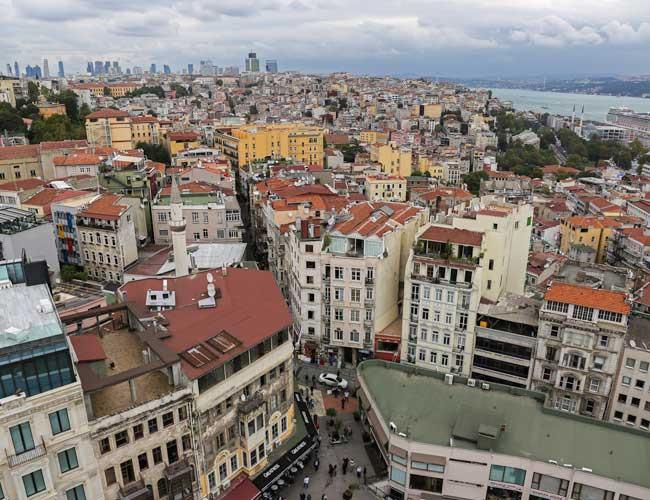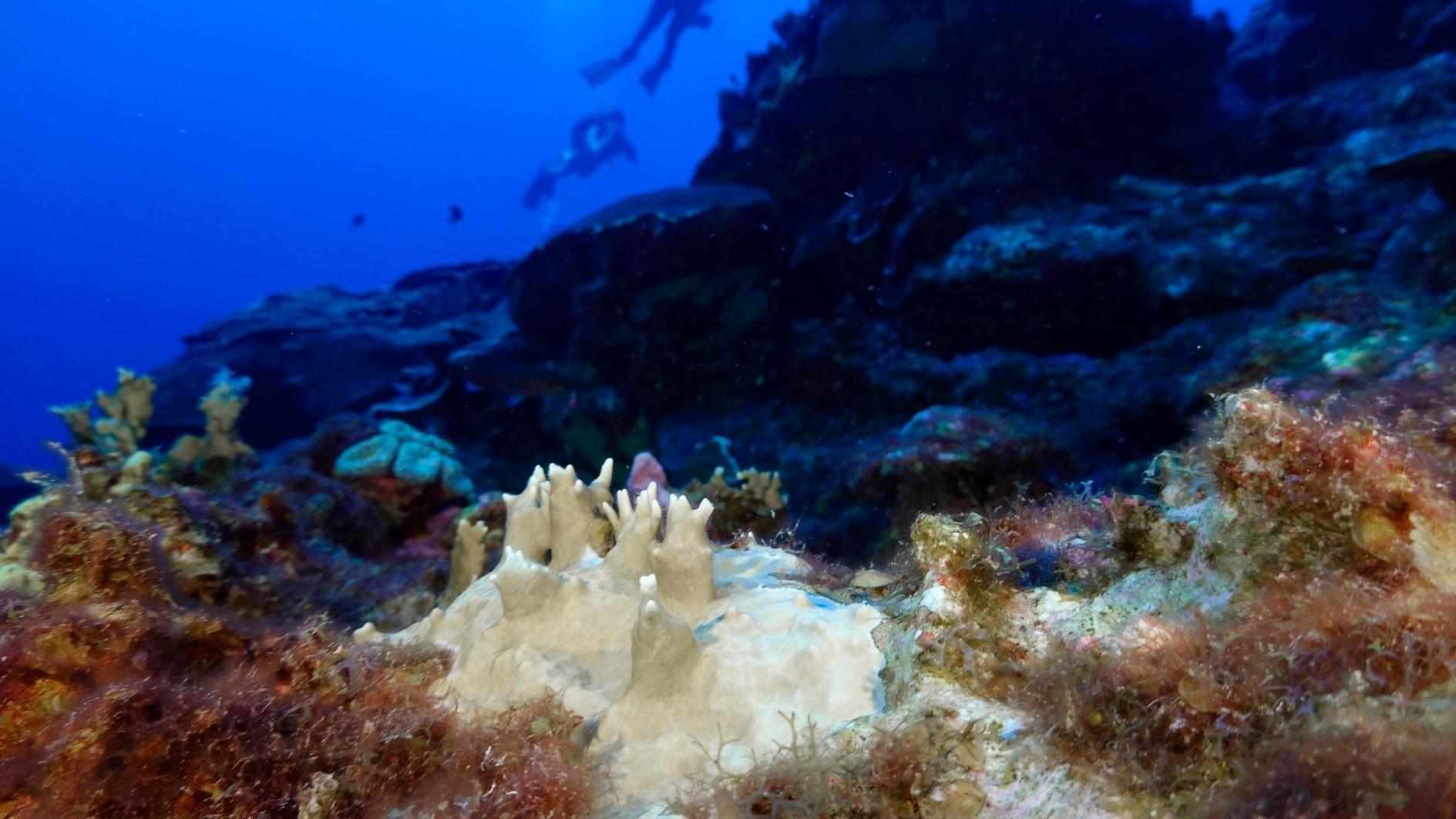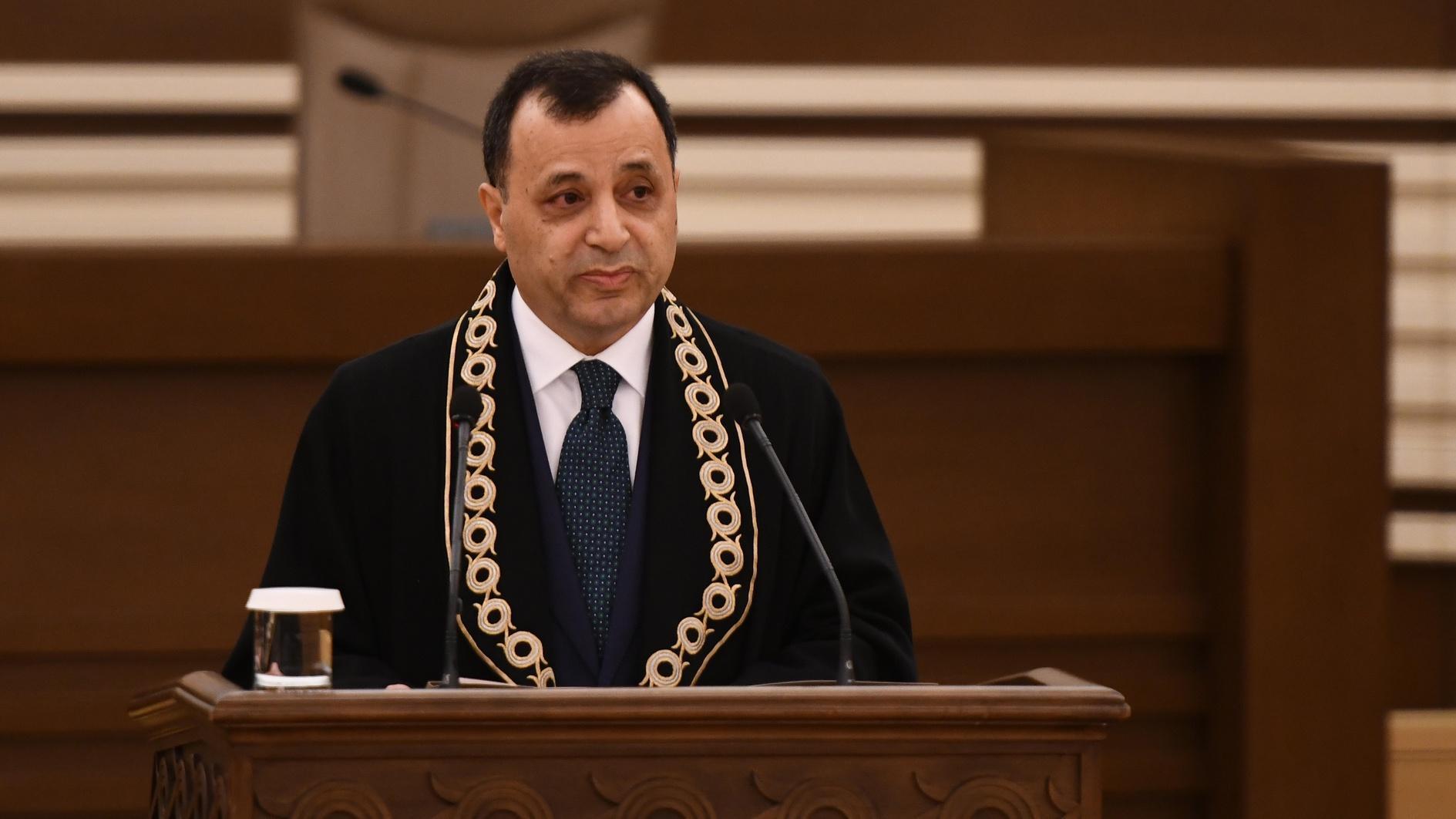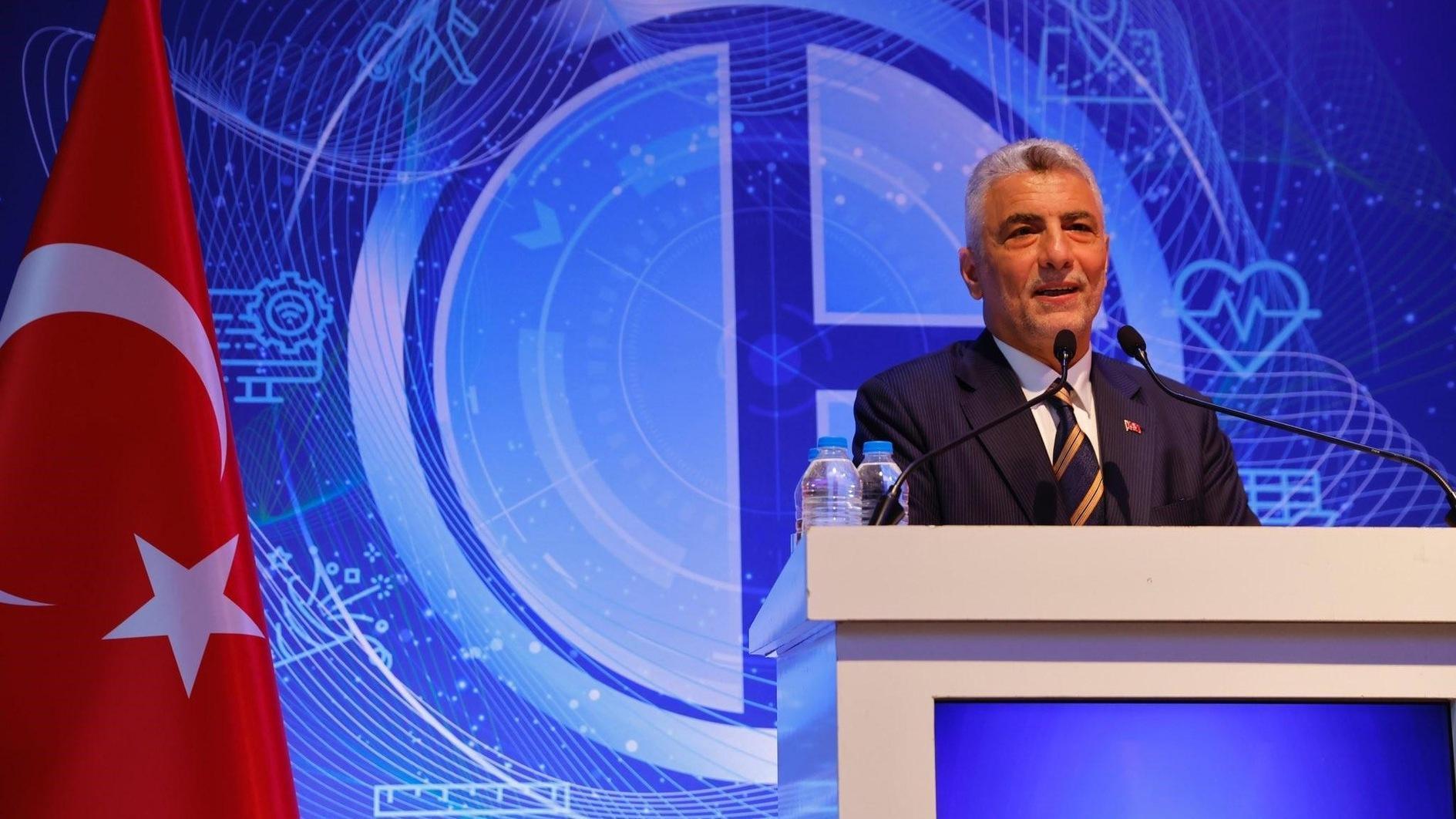An urban history of Istanbul since the Ottomans

‘Architecture and the Turkish City: An Urban History of Istanbul since the Ottomans’ by Murat Gül (IB Tauris, 326 pages, £79)
Complaints about the state of Istanbul’s built environment are ubiquitous. The relentless march of concrete has gone hand in hand with a mushrooming population and seemingly ever-deteriorating livability. It is chastening to witness the relentless uglification of a glorious ancient city, but that process is not a new phenomenon.
“Architecture and the Turkish City” by Istanbul Technical University professor Murat Gül reminds readers that change is one of the inescapable realities of the ancient city – indeed of any living city. Assessing deterioration, meanwhile, is a more subjective thing, and Gül is reluctant to make judgments about various changes. This hesitancy is one of the more frustrating aspects of an otherwise informative title.
 The book takes the story from the final decades of the Ottoman era, examining how various modernization projects have been hatched in line with the shifting sands of politics. “The urban and architectural history of Istanbul has followed a parallel path to the city’s tangled political and economic history,” Gül writes. “Architecture and urban planning are the two key areas where this political saga can be most clearly traced and analyzed.”
The book takes the story from the final decades of the Ottoman era, examining how various modernization projects have been hatched in line with the shifting sands of politics. “The urban and architectural history of Istanbul has followed a parallel path to the city’s tangled political and economic history,” Gül writes. “Architecture and urban planning are the two key areas where this political saga can be most clearly traced and analyzed.”
The reign of Ottoman Sultan Abdülhamid II shows this well. It was a paradoxical era, when Europeanism in style went hand in hand with Islamism and autocracy in rhetoric. Abdülhamid supported the practitioners of art nouveau styles, while intense modernization, infrastructure development and the first examples of “national” architectural style also marked the age. New schools, wharves, docks and offices were built, particularly in the Galata and Pera districts, frequently designed by European and Levantine architects.
Politics were also key in the early years of the republican era. And again the effects were paradoxical: With the shifting of the capital to Ankara (a logical site for the new regime to create a brand new Turkish identity), Istanbul went through a period of neglect. Kemalist modernizers saw the city as “socially and physically associated with the old system and the symbol of a degraded and corrupt Ottoman identity.”
Still, inevitably the old Ottoman capital came under the focus of the authorities keen to remodel it in line with the republican spirit. In 1936, the government turned to French urban planner Henri Prost, who served as Istanbul’s chief planner for 14 years. Prost submitted a series of plans to the Istanbul Municipality for large new avenues, parks, promenades and squares. Most significantly, he reorganized the Taksim area, demolishing the late Ottoman Artillery Barracks and constructing a new promenade, aiming to turn Taksim into a model site “where men and women could mix and participate equally in social and recreational activities of a secular nature.
But most of Prost’s proposals never left the drafting board, frustrated by economic and practical limits. It is tempting to see his time in Istanbul as symbolic of how neat and rational plans are thwarted by messy reality. Gül describes Prost’s plans as being based on “false and utopian assumptions,” particularly noting that he failed to calculate rapid population increases in Istanbul, which would see a 47 percent rise within a decade following the end of World War II.
Indeed, migration and development defined the era of Adnan Menderes’ conservative Democrat Party, winner of Turkey’s first free election in 1950. DP officials frequently used the theme of CHP neglect in their speeches and promised to return Istanbul to its glory days. The DP administration bulldozed scores of historical buildings to open up large boulevards and squares. Italian architect Luigi Piccinato said Menderes’ redevelopment works had “awakened a sleeping city,” though the changes were bitterly criticized and corruption allegations mounted throughout the 1950s. Those accusations were among the charges leveled against Menderes after he was overthrown in a military coup in 1960.
An era of urban drift and rising political instability marked the 1960s and 70s. But after a military coup in 1980 big changes occurred in Istanbul that somewhat resembled the DP era: The authorities demolished historic structures and engaged in manic construction amid a fresh wave of urban migration. The inadequacy of infrastructure necessitated improvised responses, which included the spread of gecekondus (shanty houses built on the city’s outskirts) and dolmuşes (shared taxis working set routes around the metropolis).
Elected mayor in 1984, Bedrettin Dalan became one of the key figures in Istanbul’s history, contributing to the emergence of modern Istanbul in both positive and undesirable ways. A member of Turgut Özal’s ruling Motherland Party, Dalan revolutionized the Golden Horn, clearing out its toxic and pungent waters ruined by industrial effluence. But again the balance between heritage protection and modernization was tested to breaking point: Historic treasures were destroyed to clear space for roads, while stretches of the coastal path were filled with concrete to the same end. “Dalan’s projects opened the doors to further interventions into Istanbul’s historic character and natural beauty. Yet at the same time the sewerage systems, new transportation modes and recreational areas that he created were essential amenities for a city that wanted to meet contemporary urban standards,” writes Gül.
The integration of Istanbul into global markets has led to an immense transformation of the city’s built environment. Skyscrapers have shot up and concrete has continued to pour over remaining green spaces, fueled by a ballooning population and rapid expanse of remote suburban districts (the “real Istanbul” for 98 percent of residents). In satellite images Istanbul resembles an ever-expanding grey smudge, relentlessly suffocating any remaining greenery. Projects like Kanal Istanbul, opening up new areas on the outskirts of Istanbul to more lucrative construction and rent-seeking, will only make this worse.
There is little criticism of any of this in Gül’s book. We read about many new developments but get little scrutiny of how any of them are funded, despite their centrality to Turkey’s current economic model. Gül’s too-sanguine outlook is reflected in his description of the Yenikapı rally area – an unsightly splat of concrete stuck onto the historic peninsula in the Marmara Sea – as a “nose” rather than the less flattering (but more appropriate) “kidney.”
Despite such equivocations, “Architecture and the Turkish City” is still a rewarding read. Although far from comprehensive, there is much to learn from it.
* Follow the Turkey Book Talk podcast via iTunes here, Stitcher here, Podbean here, or Facebook here, or Twitter here.










